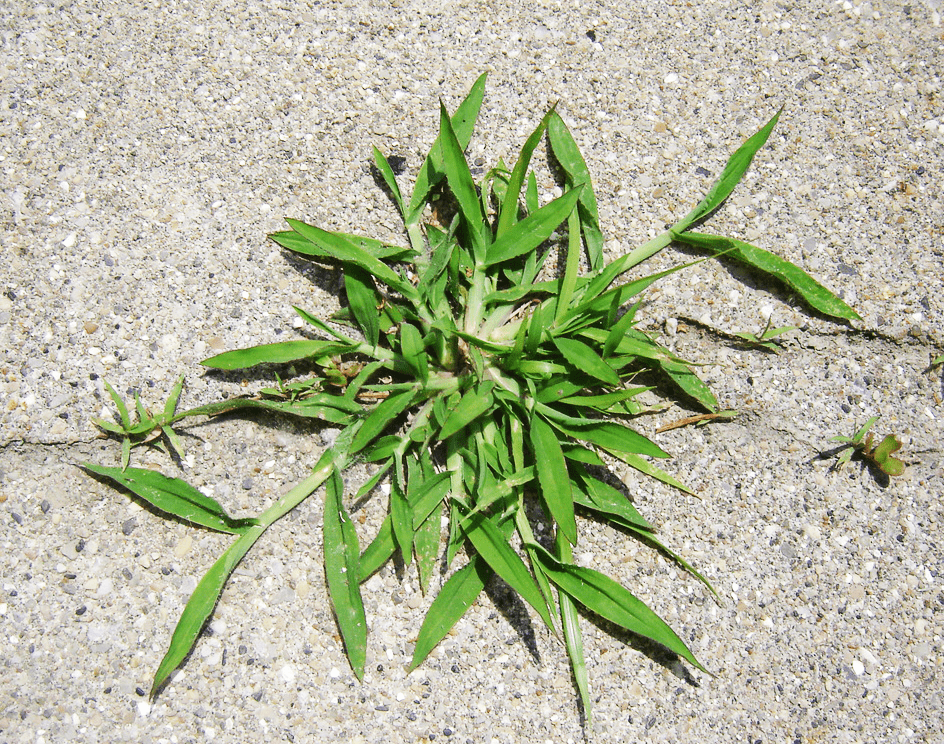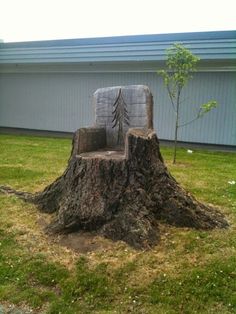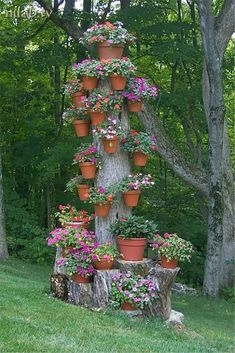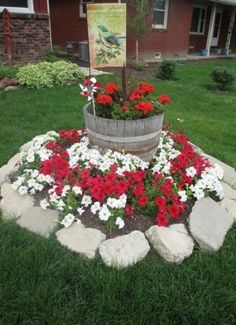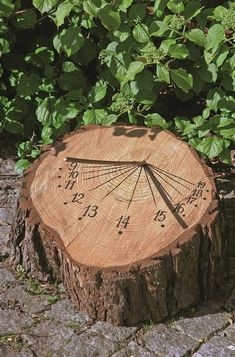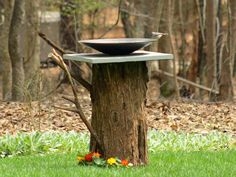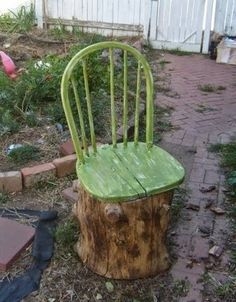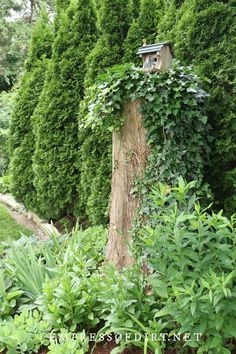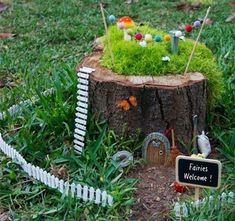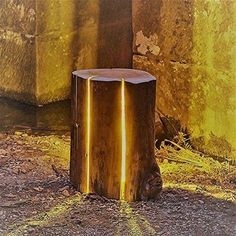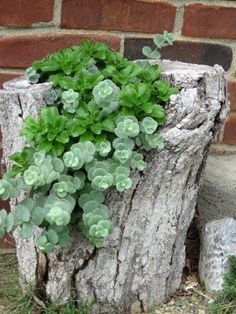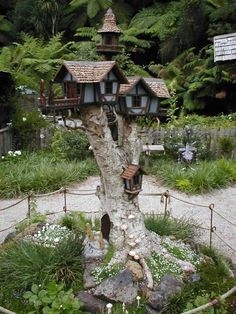I keep telling people that crabgrass should be our state weed. I do not know when this weed has been so prevalent. With the hot, dry days the lawns are going dormant but this is the weather that crabgrass thrives in.
Crabgrass is showing up now in lawns, gardens, and flowerbeds. This is a flat growing grass and is very hard to pull. It will be a lighter green color with wider leaves than the rest of the lawn. As crabgrass grows, it will send stolons out between 1 and 2 feet and take the area over.
There are post-emergent herbicides that will control crabgrass as long as the plant is under 2 inches in diameter. The same goes for flowerbeds, but be sure to read the instructions.
The best way to control crabgrass in gardens and flowerbeds is to physically remove the plant. Cut below the soil line and remove the plant because it will root back into the soil. Do not let the plant seed, a mature plant can produce thousands of seeds.
The best way to control crabgrass in lawns is to kill the plants when they sprout by applying a pre-emergent herbicide early next spring. For now, try to keep your lawn healthy reducing competition with crabgrass.
